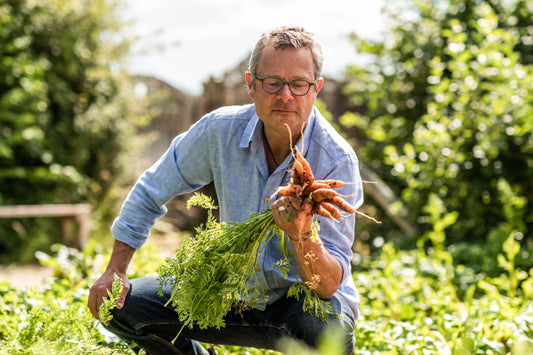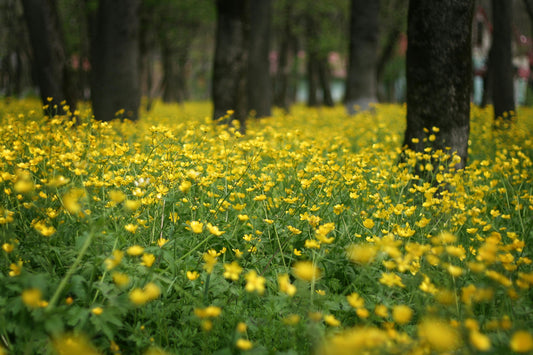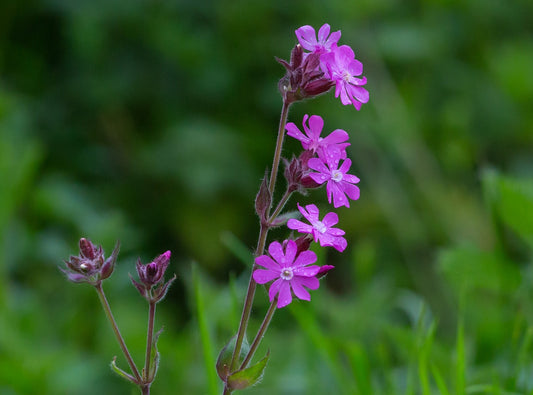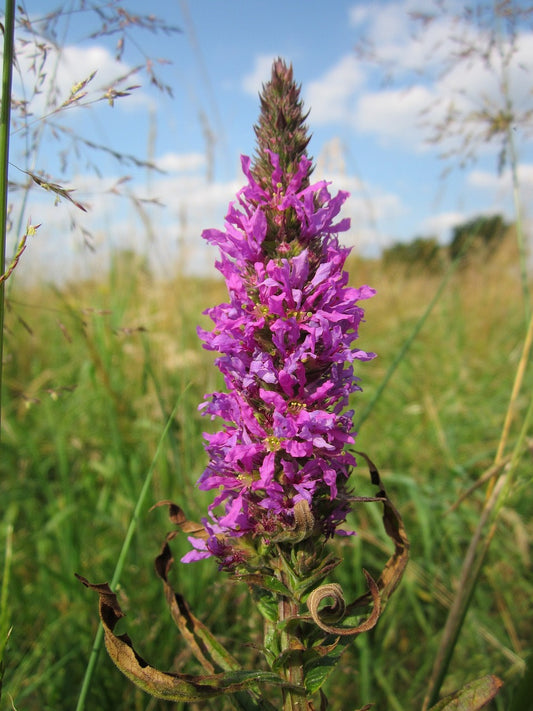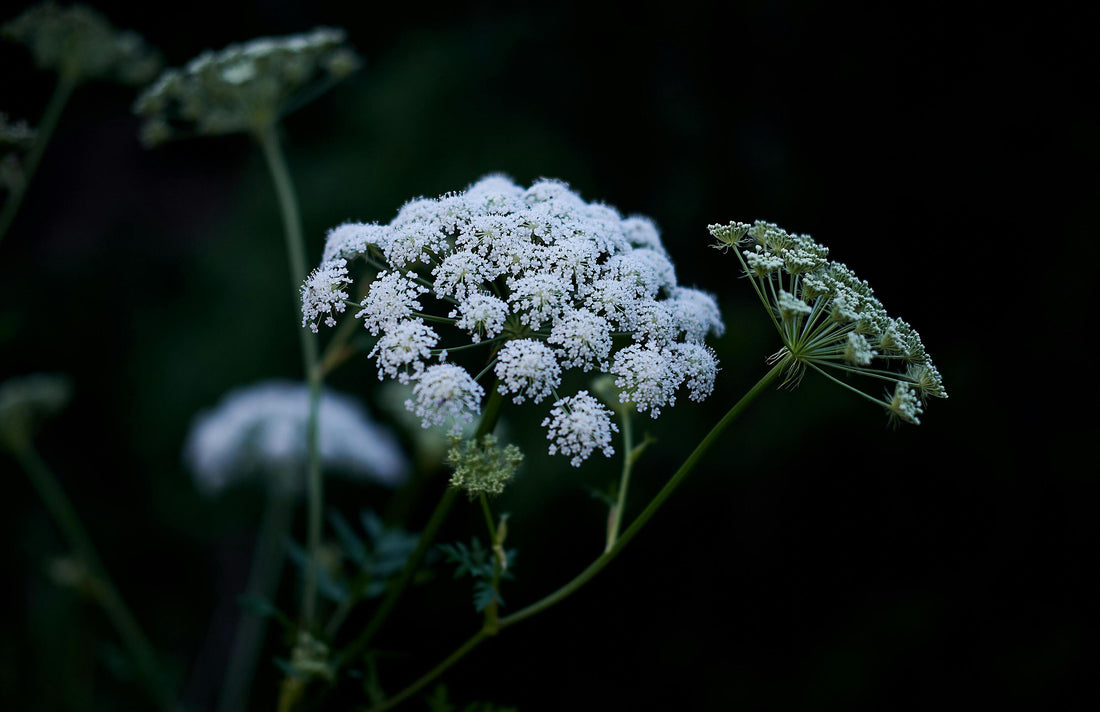
How to Plant and Grow Cow Parsley: A Detailed Guide for a Beautiful Wildflower Garden
Planting Cow Parsley: A Comprehensive Guide to Growing This Elegant Wildflower
Cow Parsley (Anthriscus sylvestris) is a stunning addition to any garden, known for its delicate, lace-like foliage and umbrella-shaped clusters of white flowers. Whether you’re an experienced gardener or just starting out, this guide will provide you with all the information you need to successfully plant and care for Cow Parsley.
What is Cow Parsley?
Cow Parsley, also known as wild chervil or Queen Anne’s Lace, is a native wildflower to the UK and parts of Europe. It’s easily recognised by its feathery leaves and clusters of small, white flowers that bloom in late spring and early summer. This perennial herb thrives in various conditions and adds a touch of natural beauty to gardens and landscapes.
Why Choose Cow Parsley for Your Garden?
Cow Parsley is an excellent choice for gardeners looking to add a touch of wild charm to their outdoor spaces. It’s known for attracting pollinators like bees and butterflies, making it a great addition to any wildlife-friendly garden. Additionally, its easy-care nature means it requires minimal maintenance once established.
Ideal Time to Plant Cow Parsley
The best time to plant Cow Parsley is during the autumn or early spring. Autumn planting allows the seeds to undergo natural stratification over the winter, while spring planting should be done as soon as the soil can be worked, ideally after the last frost.
Choosing the Right Location
Cow Parsley prefers a sunny to partially shaded location. It thrives in well-drained soil but can tolerate a range of soil types, from sandy to clay. Ensure the planting area has good drainage to prevent waterlogging, which can lead to root rot.
Preparing the Soil for Planting
1. Soil Preparation: Clear the planting area of weeds and debris. Loosen the soil to a depth of about 15 cm (6 inches) and mix in some organic matter or compost to improve soil fertility and drainage.
2. Soil pH: Cow Parsley is adaptable to different soil pH levels, but it performs best in a neutral to slightly alkaline soil.
How to Sow Cow Parsley Seeds
1. Sowing Seeds: Scatter the Cow Parsley seeds evenly over the prepared soil. Lightly press them into the soil, or cover them with a thin layer of compost. Seeds need light to germinate, so avoid planting them too deeply.
2. Watering: Keep the soil consistently moist until the seeds germinate. Once established, Cow Parsley is relatively drought-tolerant but will benefit from occasional watering during prolonged dry periods.
Caring for Cow Parsley Plants
Once Cow Parsley seedlings are established, they require minimal care. Regular weeding and occasional watering during dry spells will help ensure healthy growth. Cow Parsley is a self-seeding plant, meaning it will often spread naturally, so be prepared for it to pop up in various places around your garden.
Common Pests and Diseases
Cow Parsley is generally resistant to pests and diseases. However, watch out for aphids and fungal issues, especially in damp conditions. Good garden hygiene and proper spacing can help prevent most problems.
Harvesting Cow Parsley
If you wish to harvest Cow Parsley, do so when the plants are in full bloom. The leaves and seeds can be used in culinary applications, but ensure you are familiar with identifying the plant correctly, as it can be mistaken for toxic lookalikes.
Companion Plants for Cow Parsley
Cow Parsley pairs well with other wildflowers and grasses. Consider planting it alongside species like yarrow, foxgloves, and meadow grasses to create a harmonious and naturalistic garden setting.
Conclusion
Planting Cow Parsley is a wonderful way to introduce a touch of wild elegance to your garden. With its minimal care requirements and natural beauty, it’s an ideal choice for both seasoned gardeners and beginners alike. Follow these guidelines for a successful planting and enjoy the graceful charm of Cow Parsley in your garden.
Happy gardening, and may your Cow Parsley flourish!

